
ES OEM Solar Cell Inverter DC to AC Manufacturer & Supplier 3KW-25KW
Input Voltage: 48/96/192/240VDC | Output Voltage: 220/230VAC±2% | Solar Charging: MPPT | Max PV Open Circuit Voltage: 150/300/450/500VDC





1 : Convert solar cell dc to ac inverter for solar power generation or backup power supply
2 : 3 in 1 design , Inverter + MPPT Solar controller + AC Charger
3 : Excess electricity can be stored in batteries or sold to the grid for income
4 : Communication interface
5 : Accept OEM solar inverter for brand owners
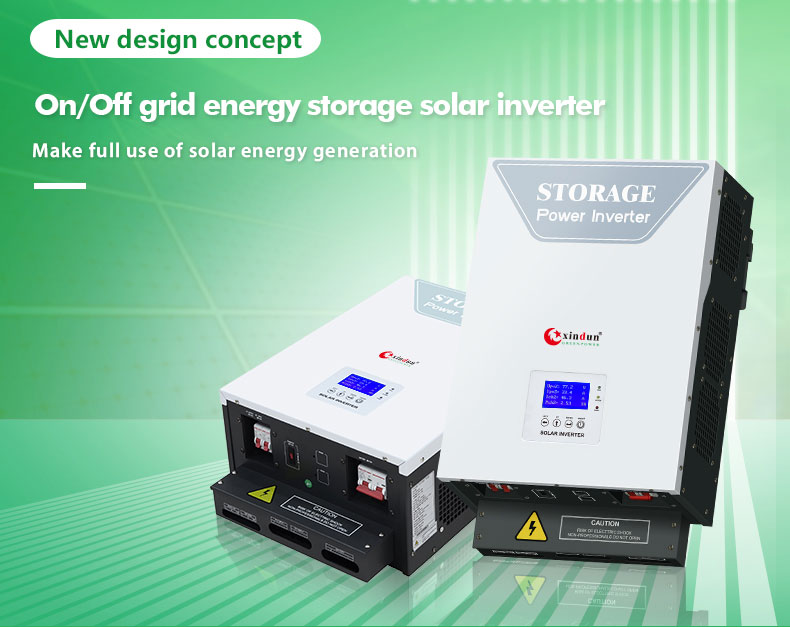
First of all, I want to tell you, what is the difference between this solar inverter and other ordinary inverters. You can see from the inverter working mode in the picture that ES series solar cell inverter always use solar energy first. Only when the solar energy is insufficient, it will be supplemented by power grid or batteries. If the solar energy is sufficient, the excess electricity can be stored in the batteries or sold to the grid to earn income. It complements the deficiencies of ordinary off grid solar inverters and on grid solar inverters.
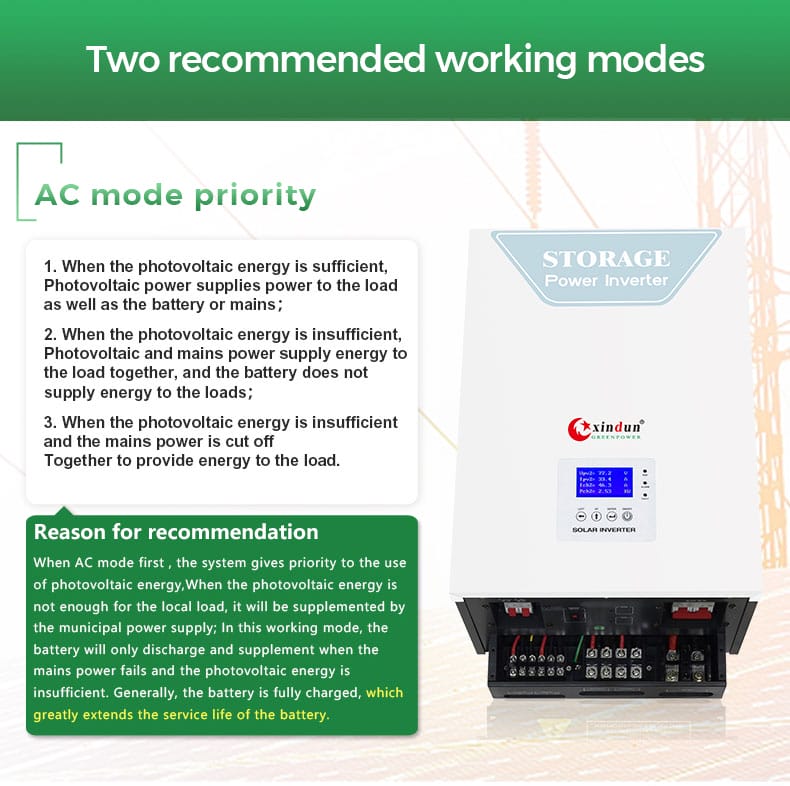
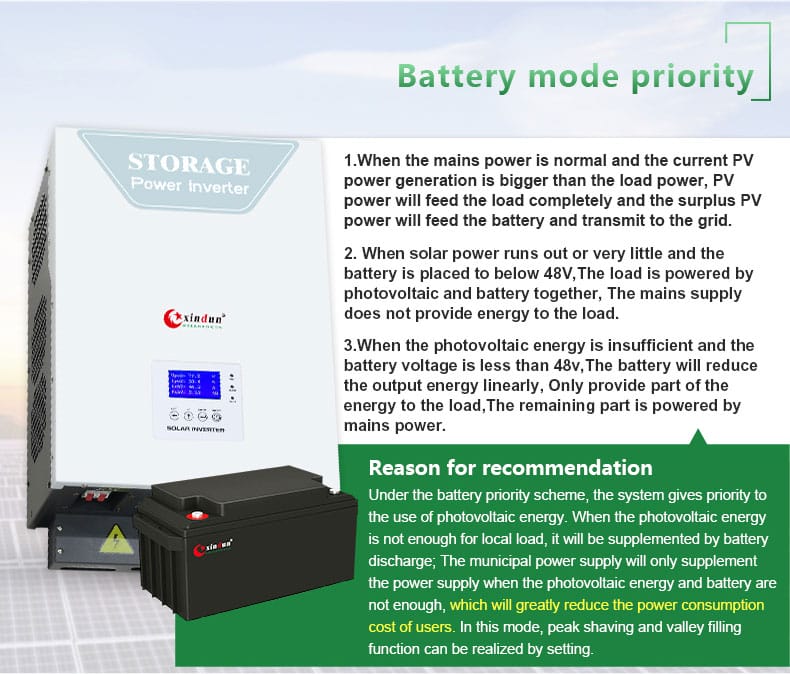
Why choose ES series solar cell inverter?
This is a low frequency solar inverter DC to AC with conversion efficiency up to 85%. High power low frequency inverter has better load carrying capacity and more stable operation. When the power grid supply power to the AC load through the inverter, the inverter loss is zero. When the solar energy and battery supply power to the AC load through the inverter, the inverter loss is less than 10%. This is a rechargeable solar inverter, which can store energy in both solar and AC, and is compatible with the most popular lithium battery on the market. The inverter is intelligent. When it is powered by power grid or solar energy, the solar inverter will start automatically, saving the trouble of manual operation.
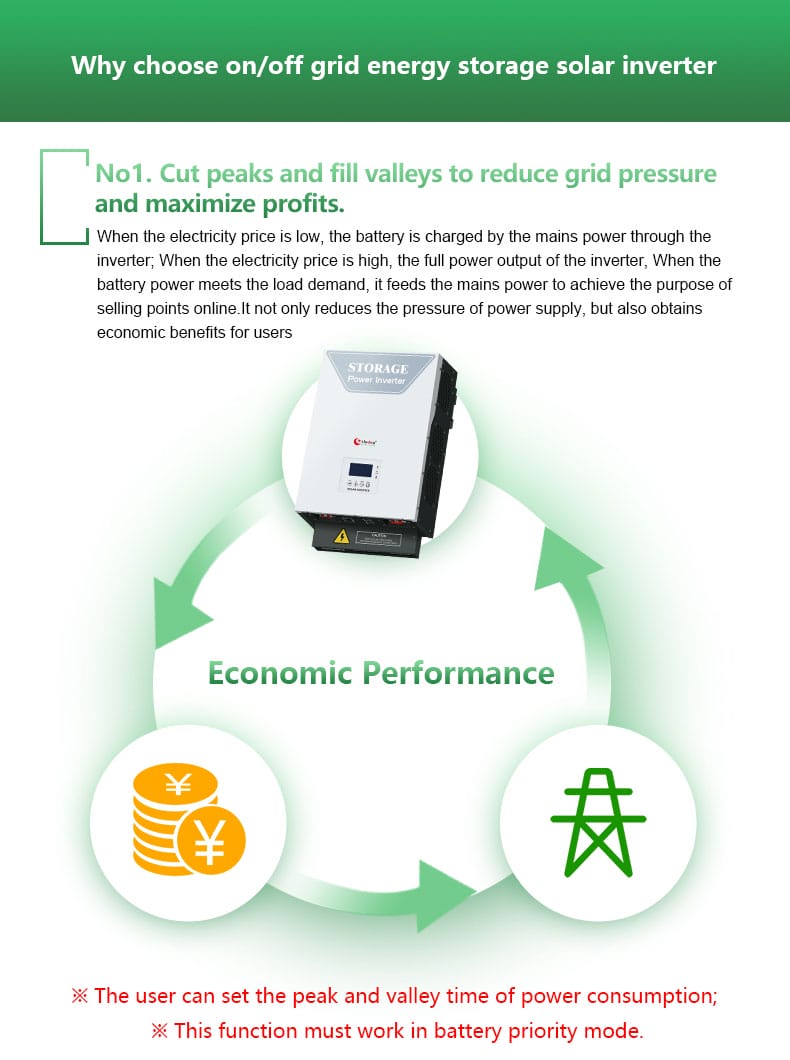
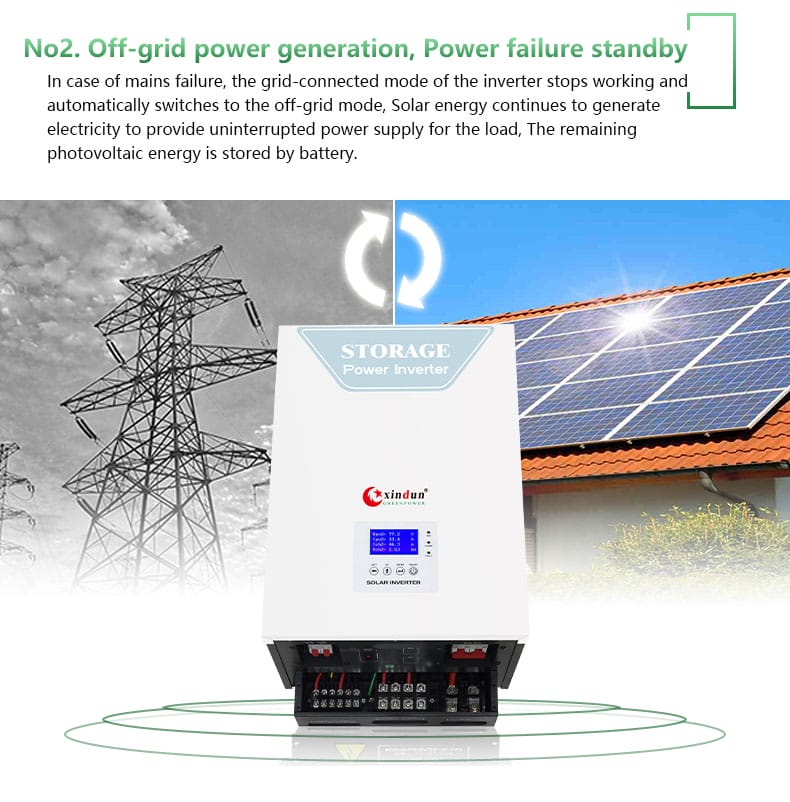
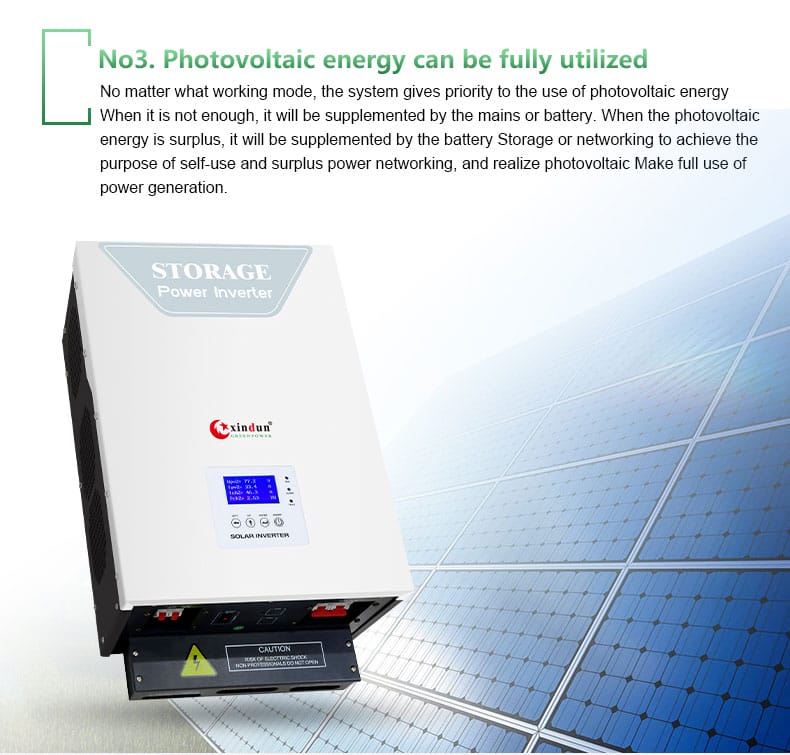
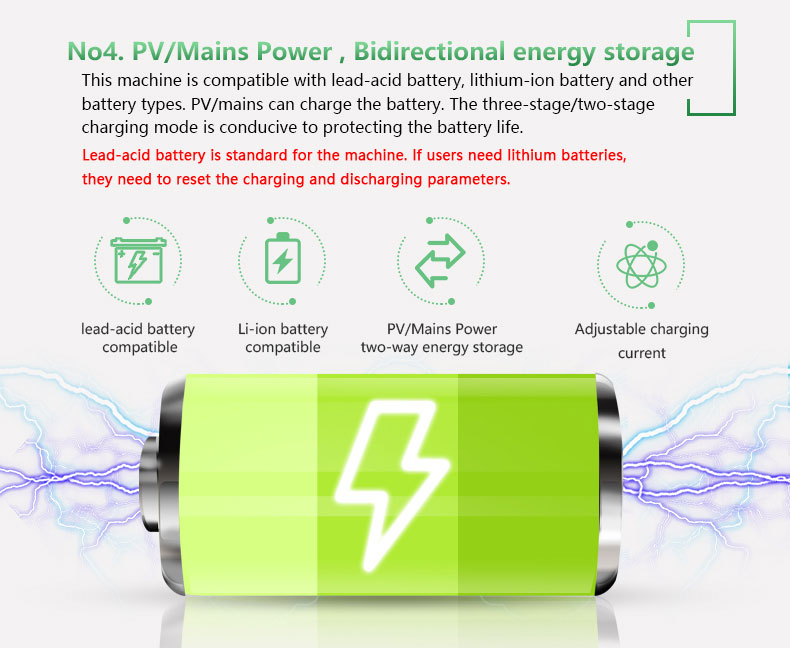
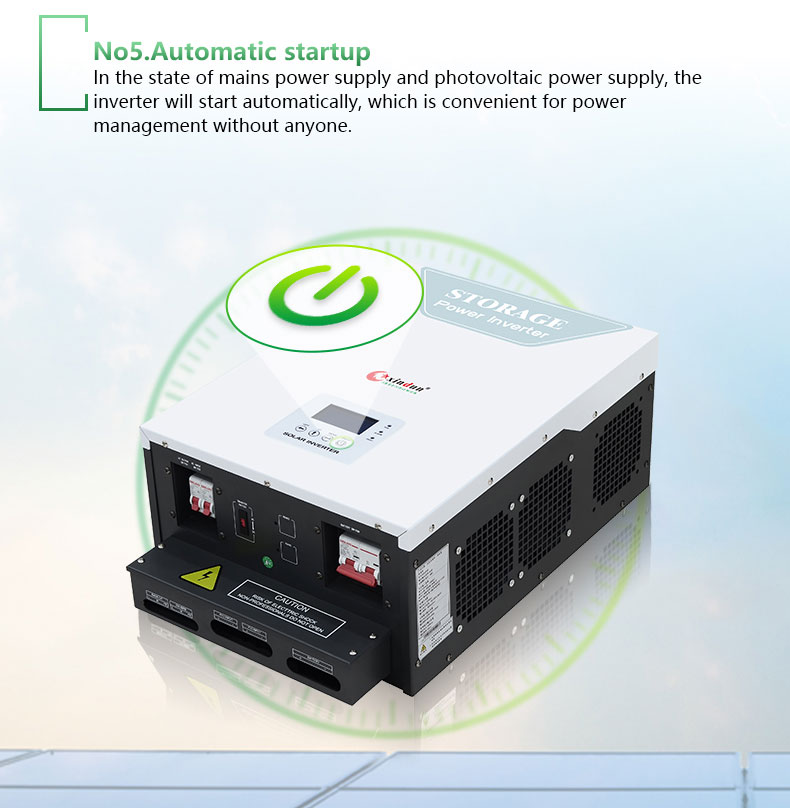
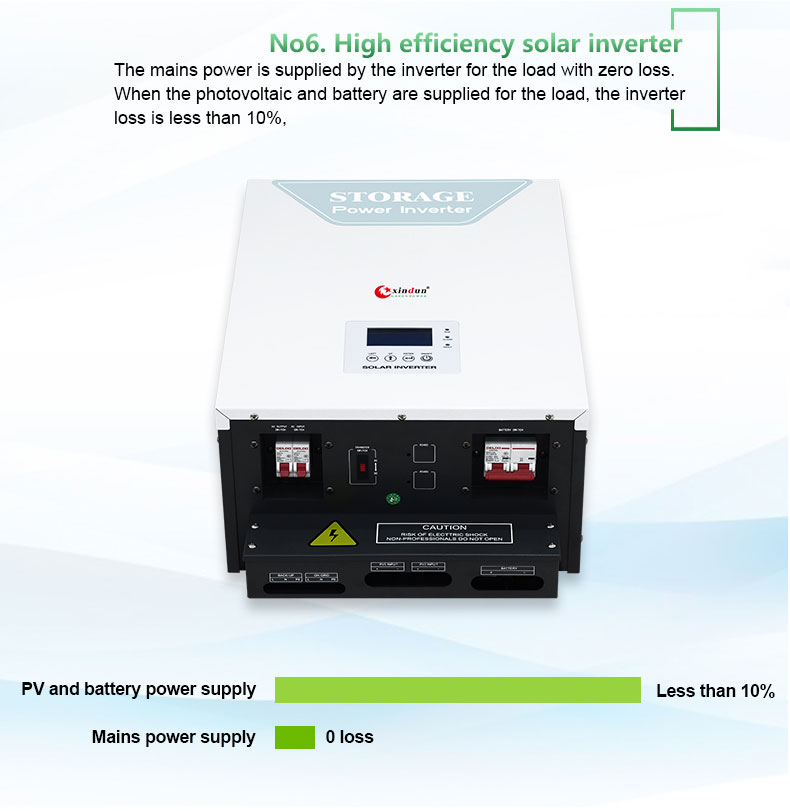
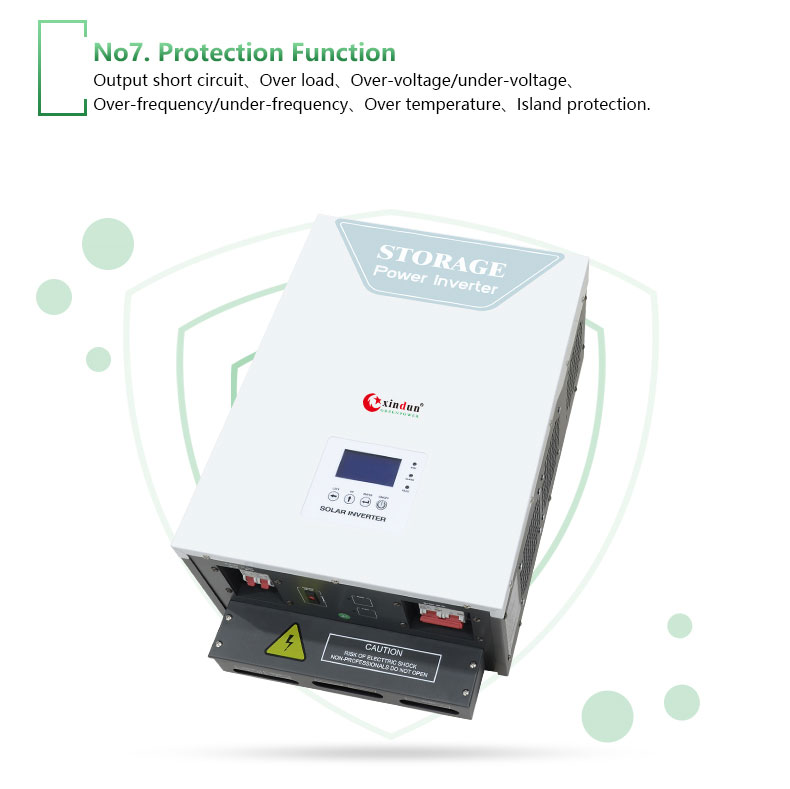
The specific parameters of ES series solar cell inverter are as follows. 3kw and 5kw solar cell inverters are wall-mounted installations, 8kw and above are vertical installations. If you need to customize parameters and functions, or other OEM requirement, please feel free to contact Xindun manufacturer.
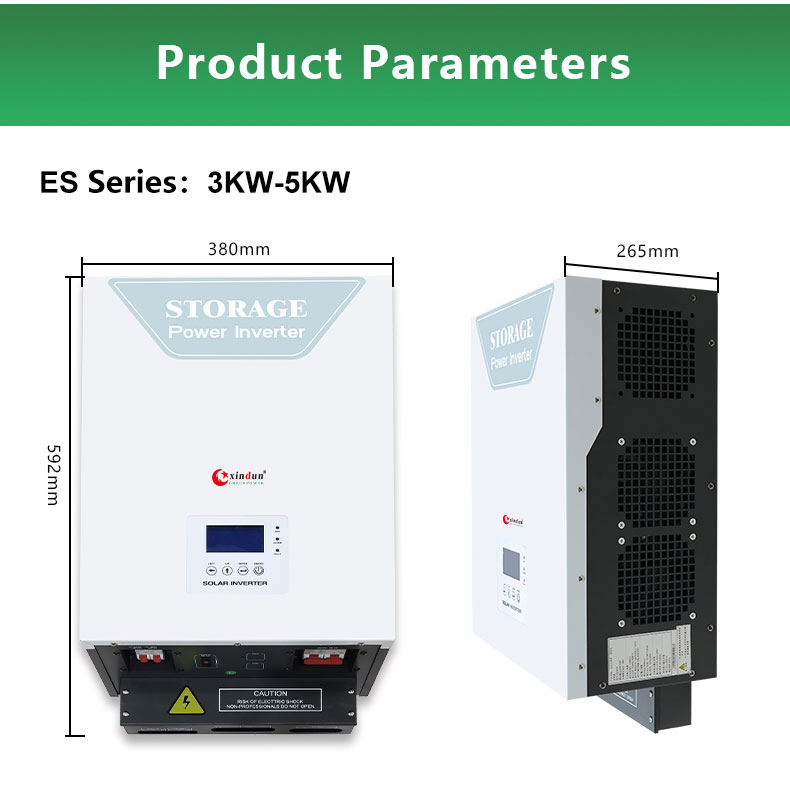
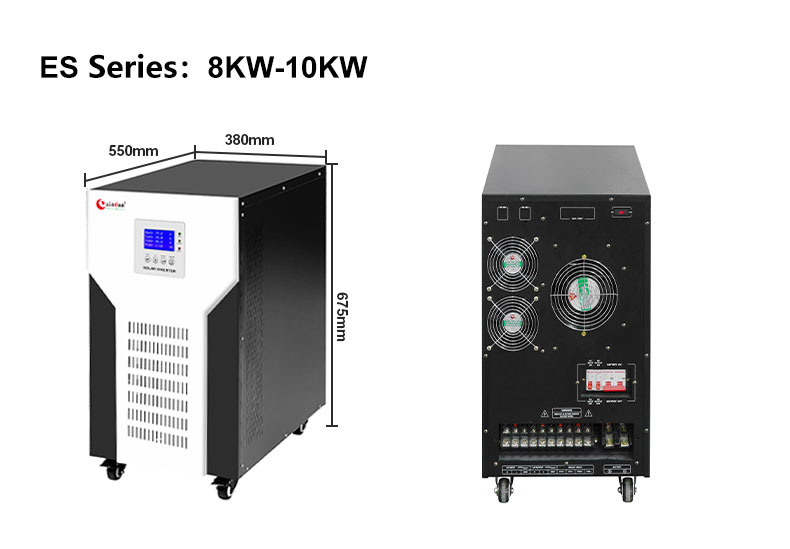
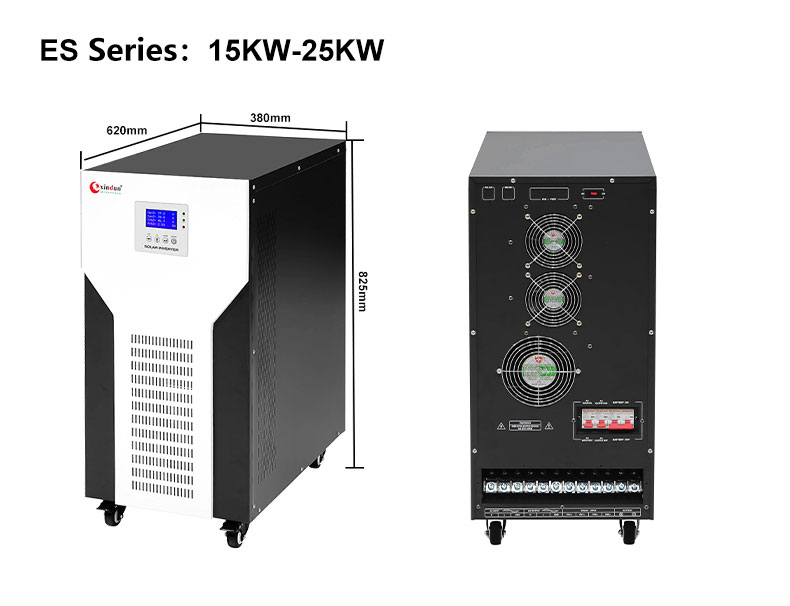
| Solar Cell Inverter DC to AC Parameters | ||||||||
| Model: ES | 30248 | 50248 | 80296 | 10396 | 153192 | 203192 | 253240 | |
| PV Input | Max input voltage(Voc) (At the lowest temperature) |
150V | 300V | 450V | 500V | |||
| MPPT tracking range | 60V~120V | 120V-240V | 240V-360V | 300V-400V | ||||
| Recommended operating voltage range | 60V~80V | 120V-160V | 240V-320V | 300V-380V | ||||
| MPPT route number | 2 | |||||||
| Max input power | 1960W/1960W | 3360W/3360W | 5000W/5000W | 6150W/6150W | 8.8KW/8.8KW | 11.2KW/11.2KW | 14KW/14KW | |
| Battery | Type of battery | Lead-acid battery / Lithium-ion battery | ||||||
| Rated voltage | 48V | 96V | 192V | 192V | 240V | |||
| Max charging current (Can be set,Recommended 0.1C) |
70A(PV)/ 35A(Mains) |
120A(PV)/ 60A(Mains) |
100A(PV)/ 40A(Mains) |
110A(PV)/ 60A(Mains) |
80A(PV)/ 40A(Mains) |
110A(PV)/ 60A(Mains) |
110A(PV)/ 60A(Mains) |
|
| Float voltage(Can be set) | 55.2V | 110.4V | 220.8V | 276V | ||||
| Charge voltage(Can be set) | 56.8V | 113.6V | 227.2V | 284V | ||||
| Charging method | 3-stage/2-stage | |||||||
| AC Input | Rated voltage | 220V/230V | ||||||
| Input voltage range | 187V~264V | |||||||
| Rated input frequency | 45Hz~55Hz(50Hz) / 55Hz~65Hz(60Hz) | |||||||
| Islanding Protection | ≤2S | |||||||
| Reconnection time | 30S | |||||||
| AC output (off grid mode) |
Rated output power | 3KW | 5KW | 8KW | 10KW | 15KW | 20KW | 25KW |
| Rated output voltage | 220V/230V | |||||||
| Output voltage accuracy | ±2% | |||||||
| Rated output frequency | 50Hz/60Hz | |||||||
| Output frequency accuracy | ±1% | |||||||
| AC output (on grid mode) |
Rated output power | 3KW | 5KW | 8KW | 10KW | 15KW | 20KW | 25KW |
| Rated output current | 13.6A | 22.7A | 36.4A | 45.5A | 68.2A | 90.1A | 113.6A | |
| Output voltage | 187V~264V | |||||||
| Output frequency | 47~52Hz/57~62Hz | |||||||
| Power Factor | >0.99(Rated power) | |||||||
| Protection | Output short circuit | Yes | ||||||
| Over load | Yes | |||||||
| Over-voltage/under-voltage | Yes | |||||||
| Over-frequency/under-frequency | Yes | |||||||
| Over temperature | Yes | |||||||
| Island protection | Yes | |||||||
| Regular Parameter | Topology | Transformer isolation | ||||||
| Display | LCD+LED | |||||||
| Communication(Optional) | RS485/APP(WIFI monitoring or GPRS monitoring) | |||||||
| Operating temperature | -10℃~60℃(Derating above 45°C) | |||||||
| Storage temperature | -20℃~60℃ | |||||||
| Noise | ≤60dB | |||||||
| Relative humidity | 0%~95%(No condensation) | |||||||
| Highest altitude | 2000m(More than derating) | |||||||
| Machine dimension(L*W*Hmm) | 592*380*265 | 550*380*675 | 620*380*825 | |||||
| Package dimension(L*W*Hmm) | 650*435*290 | 610*440*800 | 680*440*950 | |||||
| N.W(kg) | 36 | 45 | 70 | 75 | 128 | 134 | 140 | |
| G.W(kg) | 40 | 49 | 80 | 85 | 140 | 146 | 152 | |
| Installation Method | Wall-Mounted | Tower | ||||||
| Note: All specifications are subject to charge without prior notice | ||||||||
Next, we will show customers the details of ES series solar cell inverters in all directions. The appearance of this solar cell inverters is simple and elegant, ranking the top 3 in Xindun's best-selling list in Europe and America.
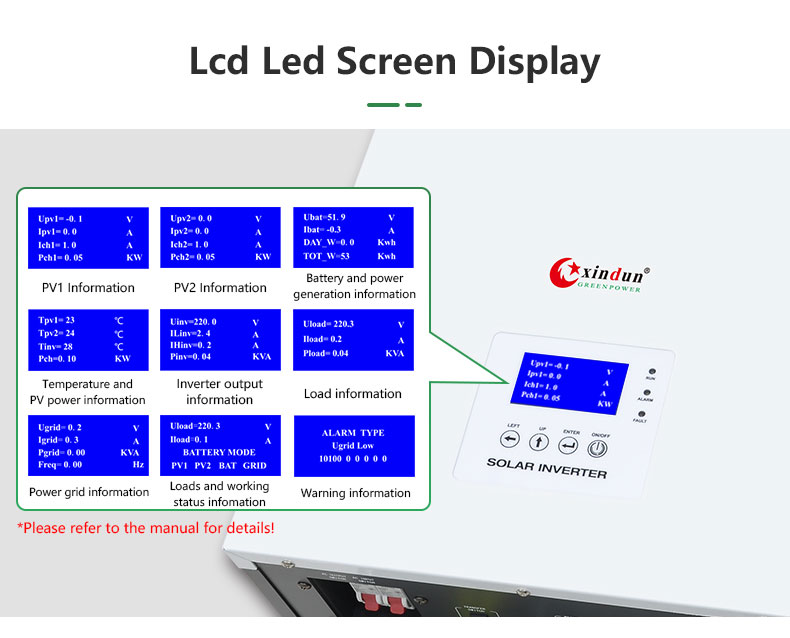
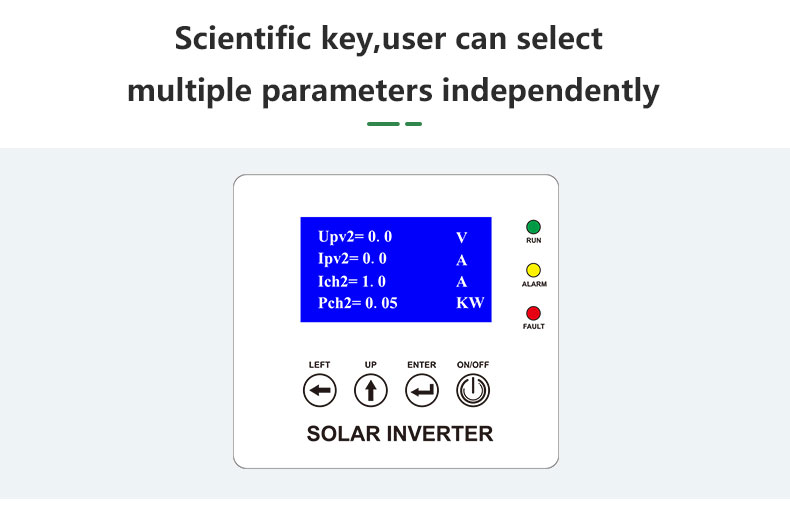
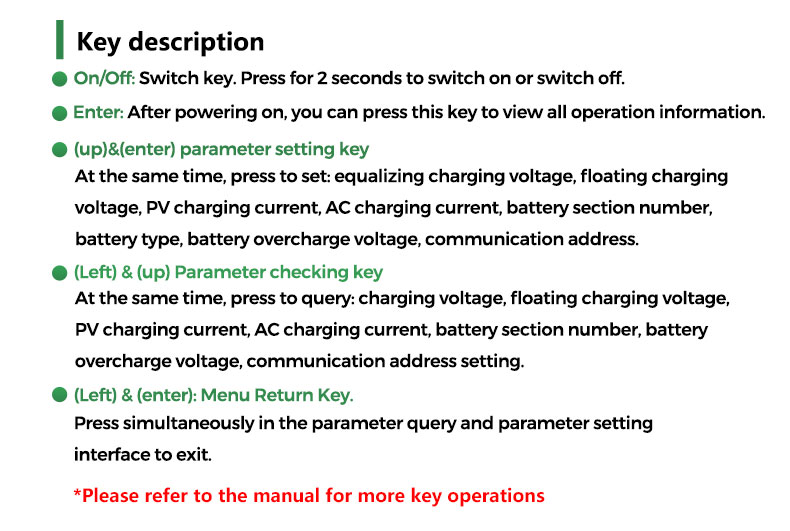

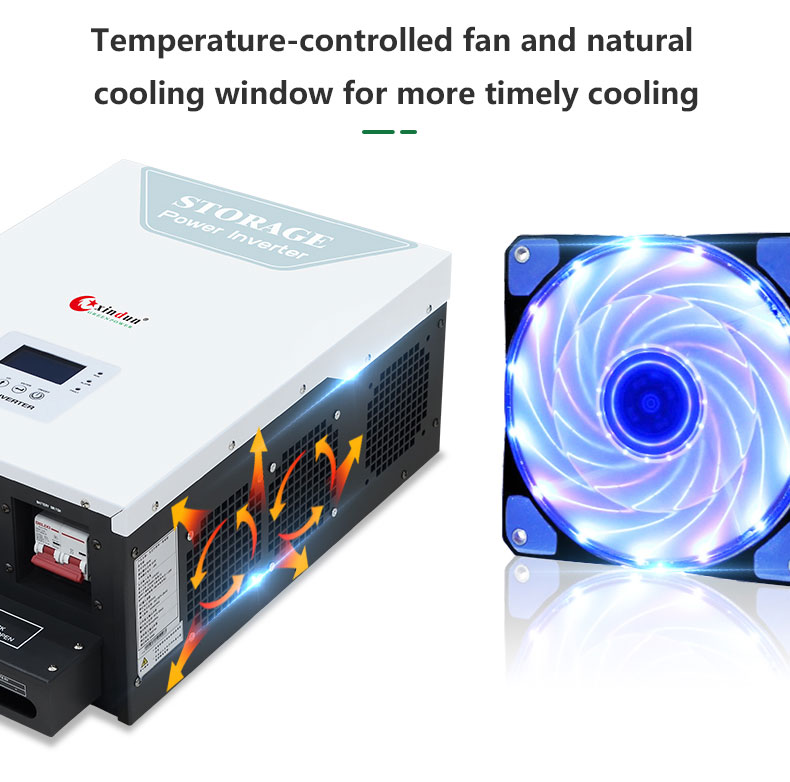
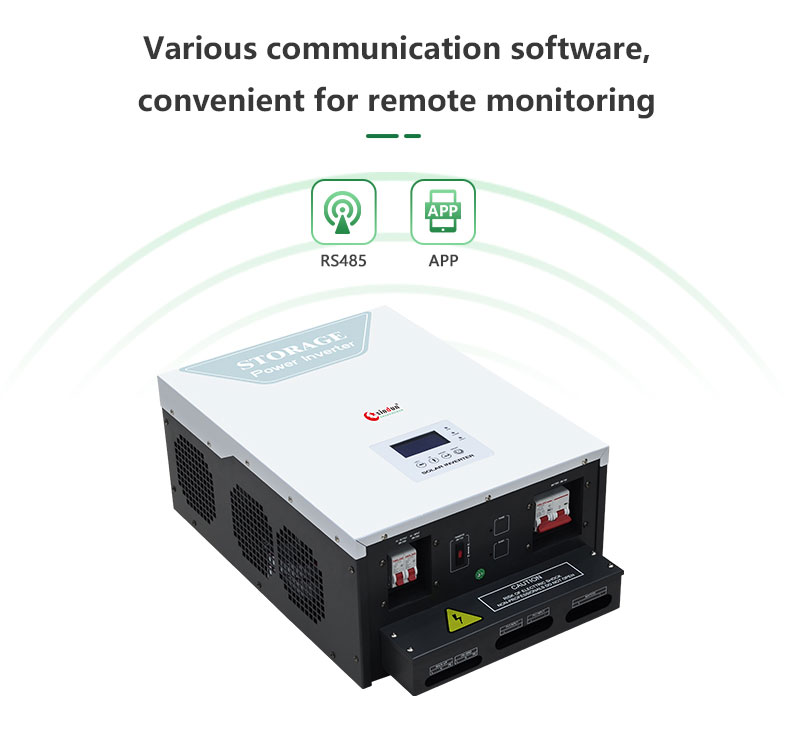
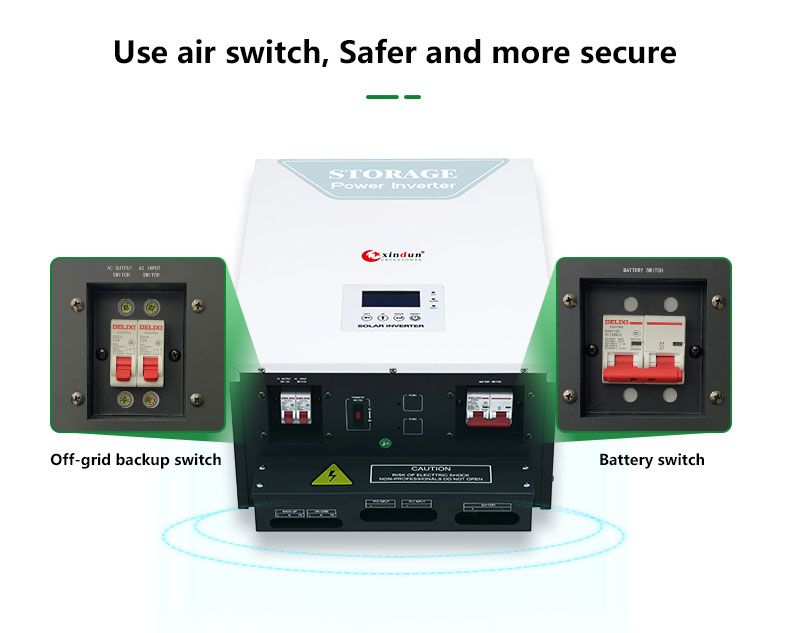
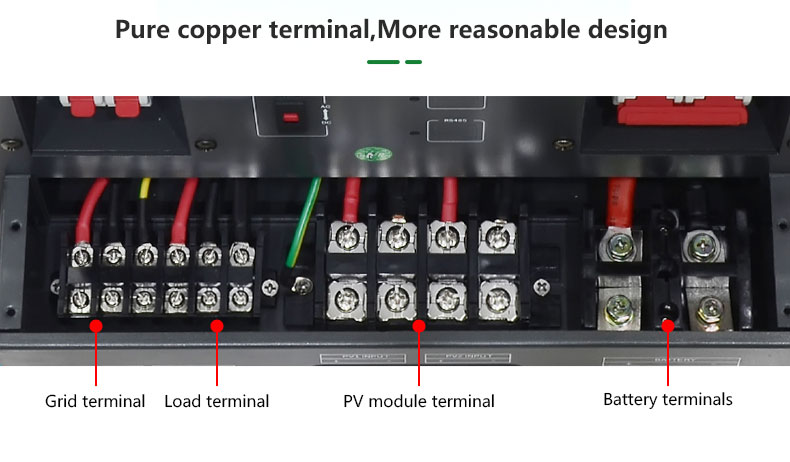
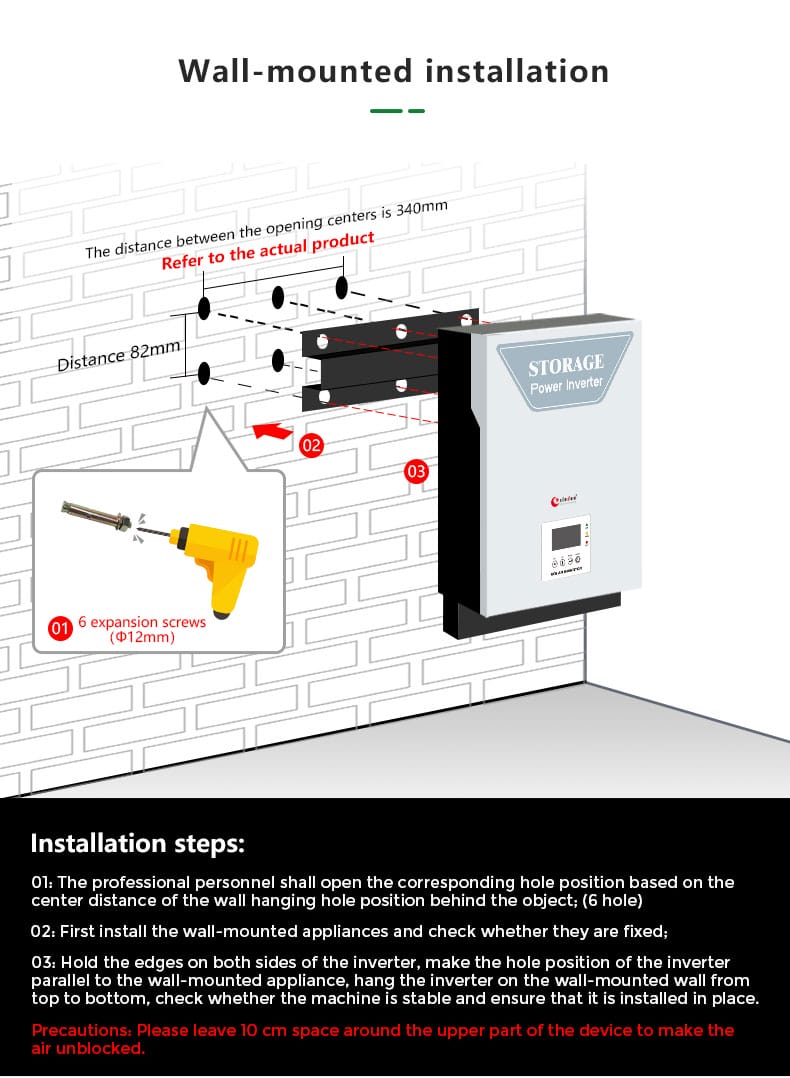
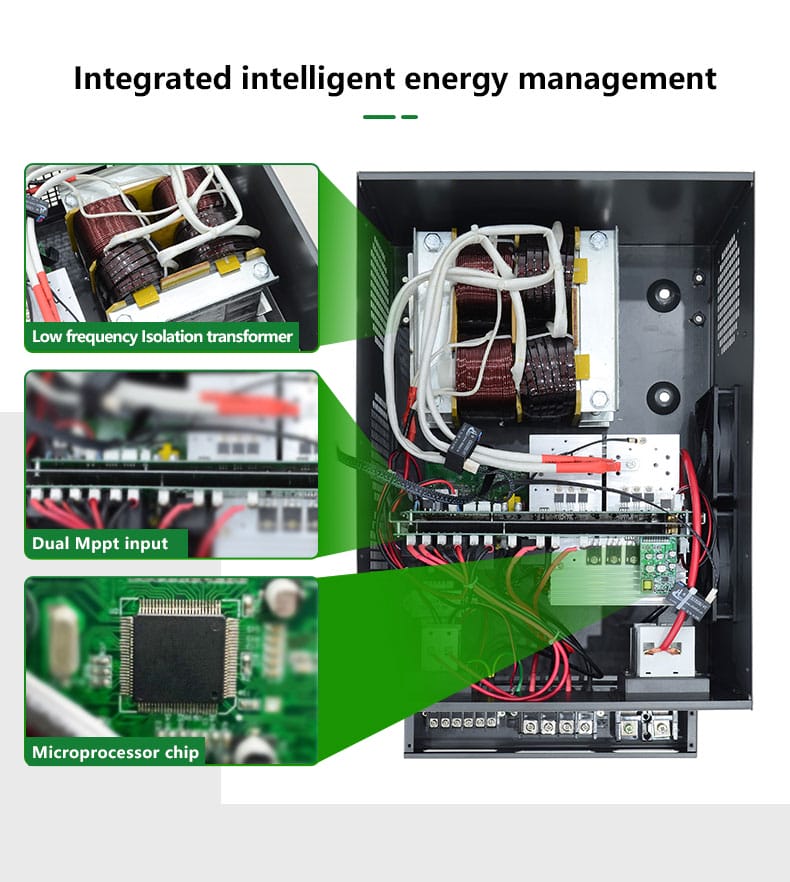
The Xindun factory can wholesale solar cell inverters in stock, and also provide OEM inverter production for domestic and foreign brands. The R&D base and headquarters are located in Guangdong, China, covering an area of 10000 square meters, with a research and development team of 30 people and nearly 200 technical and production workers. The importer directly contact with the source manufacturer, and there is no middleman to earn the price difference, so as to reserve sufficient profits for you. Needless to say, we sincerely invite you to visit the factory to witness our strong R&D and production strength.



Solar Cell Inverter Factory live shot

You May Want to Know
1. How does a solar cell inverter work?
Direct current (DC) produced by solar cells is converted by solar inverter into alternating current (AC), which is used in home or production. To adjust the voltage level to the inverter's specifications, the inverter first employs a DC-DC converter. The inverter then uses power electronic switches to convert the DC electricity to AC voltage.
The inverter also has control circuitry that keeps an eye on the voltage and frequency of the AC output and modifies it as necessary to fulfill grid needs. Moreover, some solar cell inverters have capabilities like maximum power point tracking (MPPT), which optimizes the output of the solar panel by adjusting voltage and current to maximize extractable power.
2. How efficient is a solar dc to ac inverter?
Solar DC to AC inverter efficiency varies by model and manufacturer, however the majority of contemporary low frequency inverters and high frequency inverters are above 85% and above 95% efficient respectively. This indicates that they can transform almost all of the DC power produced by the solar cells into useful AC power. It is crucial to select an inverter that meets the needs of a particular solar cells and use because an inverter's efficiency can be impacted by variables including temperature, input voltage, and load conditions. The solar dc to ac inverter's efficiency can also be increased with routine maintenance and monitoring.
3. Which manufacturer is best for oem solar inverter?
It is hard to pick which manufacturer produces the best OEM solar inverters because this depends on the requirements and specifications of the OEM partner. Nevertheless, Xindun Power, SMA, Fronius, and Huawei are a few of the leading producers in the solar inverter market. These producers have a track record of creating dependable inverters that are popularly utilized in power distribution, industrial, and household solar energy installations. The best OEM partner manufacturer will ultimately be determined by the project's size and scope, the required technical criteria, and the manufacturer's degree of support and service. If you want to choose off grid solar dc to ac inverters OEM manufacturer, then Xindun will be the only choice.


 Solar Inverter
Solar Inverter





 Hybrid Inverter
Hybrid Inverter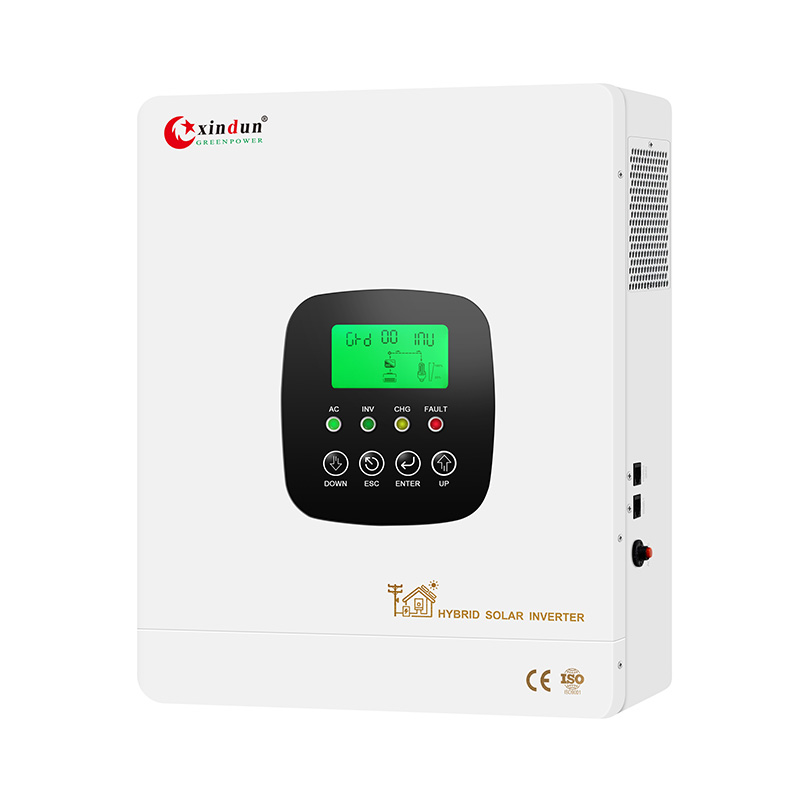
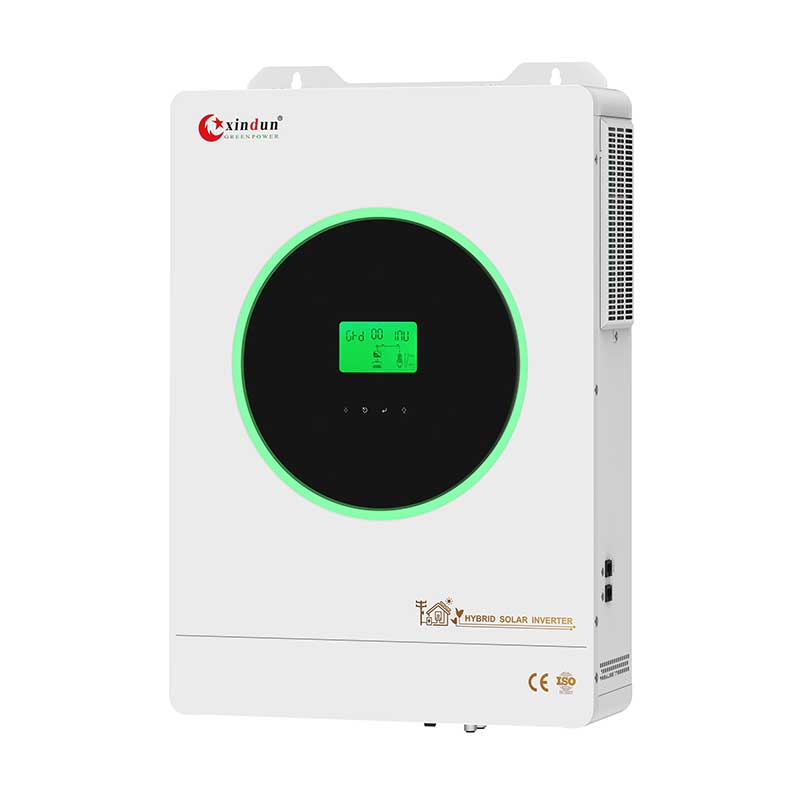
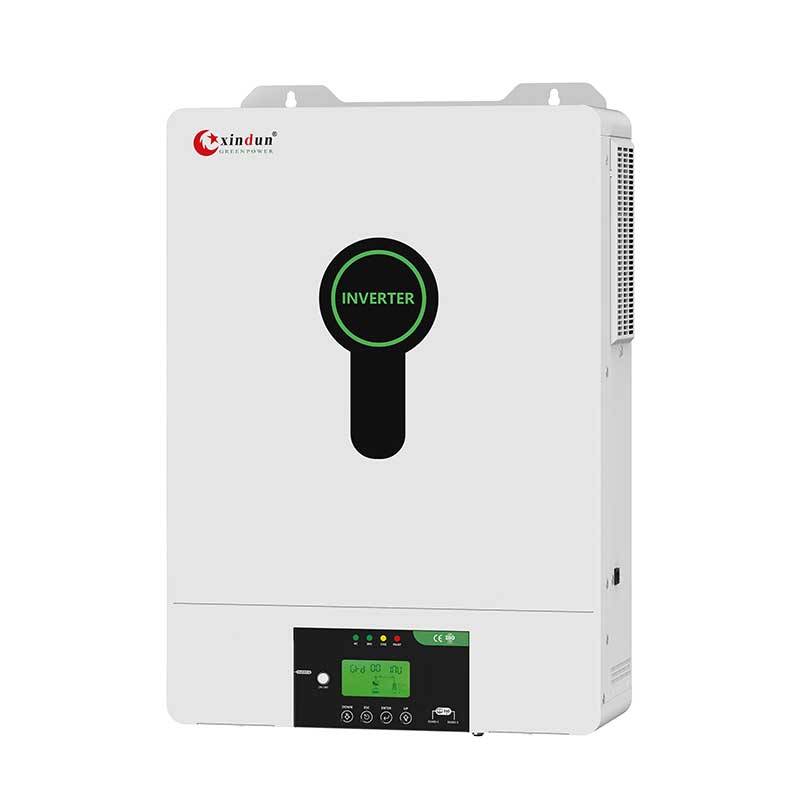


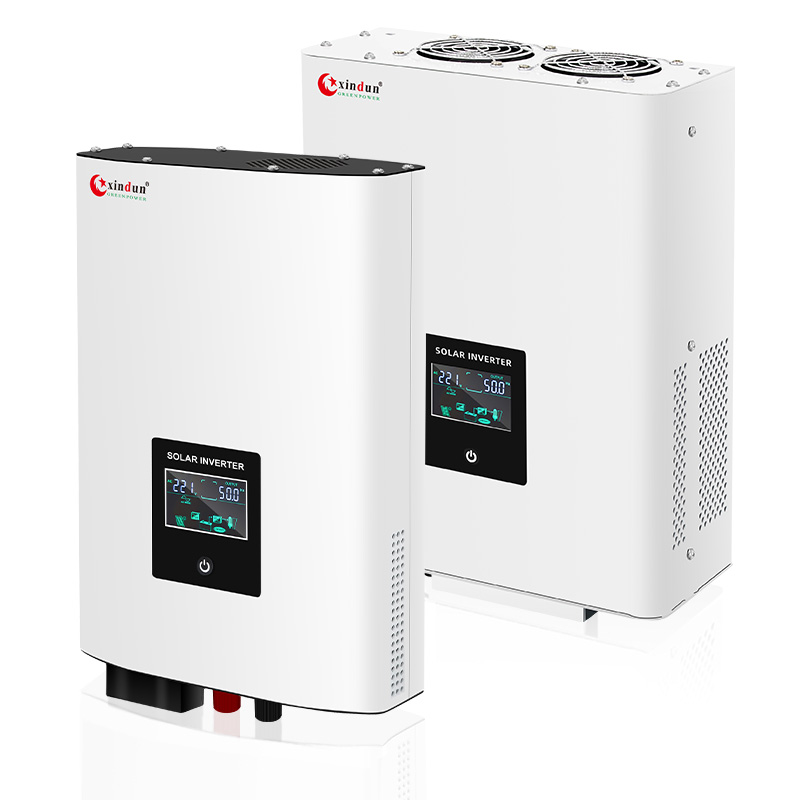
 Power Inverter
Power Inverter
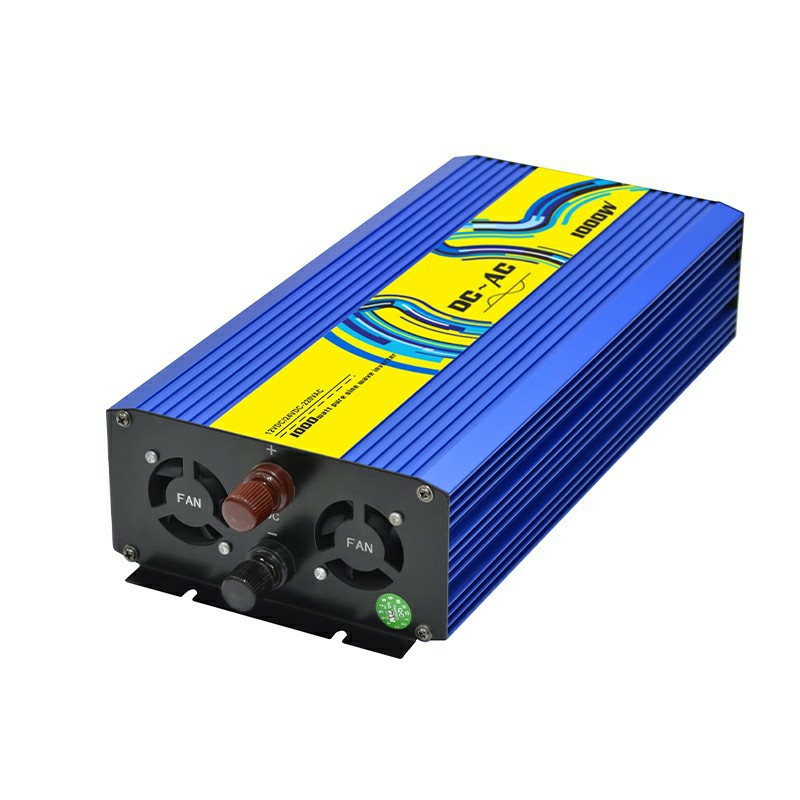


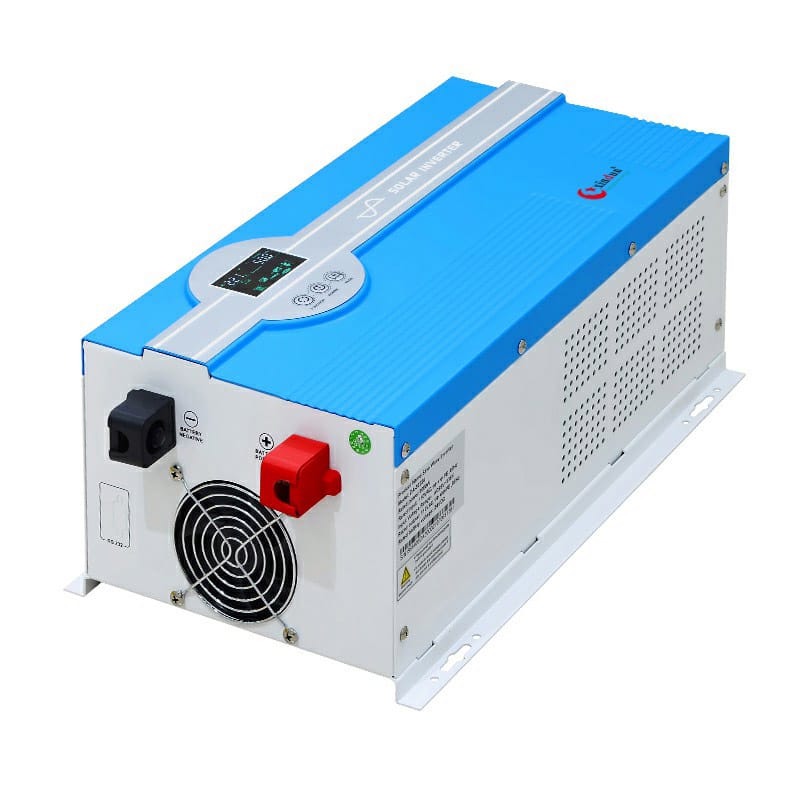
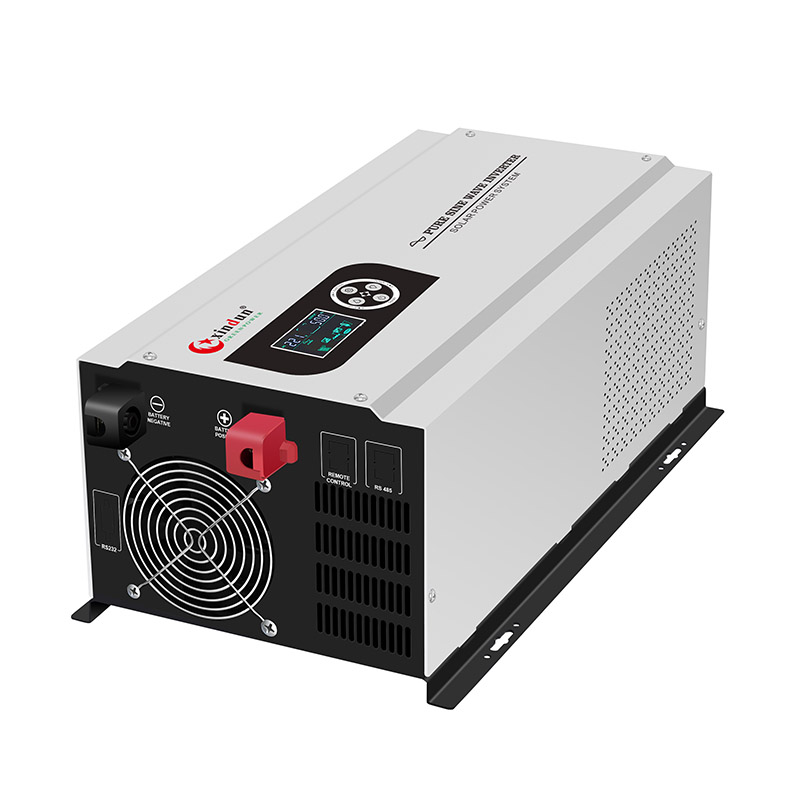
 Split Phase Inverter
Split Phase Inverter

 Energy Storage Inverter
Energy Storage Inverter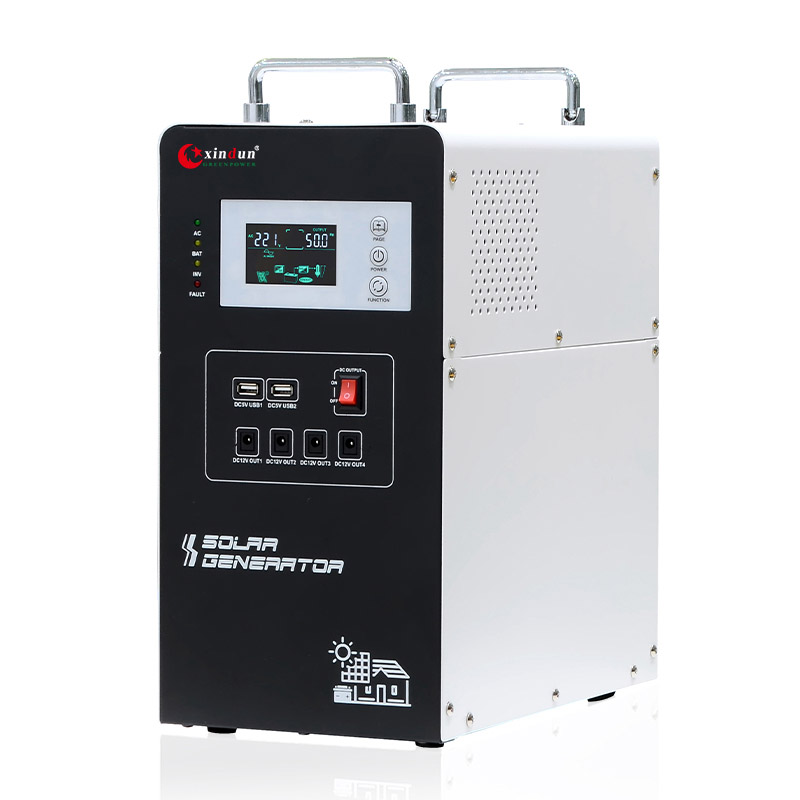




 3 Phase Inverter
3 Phase Inverter
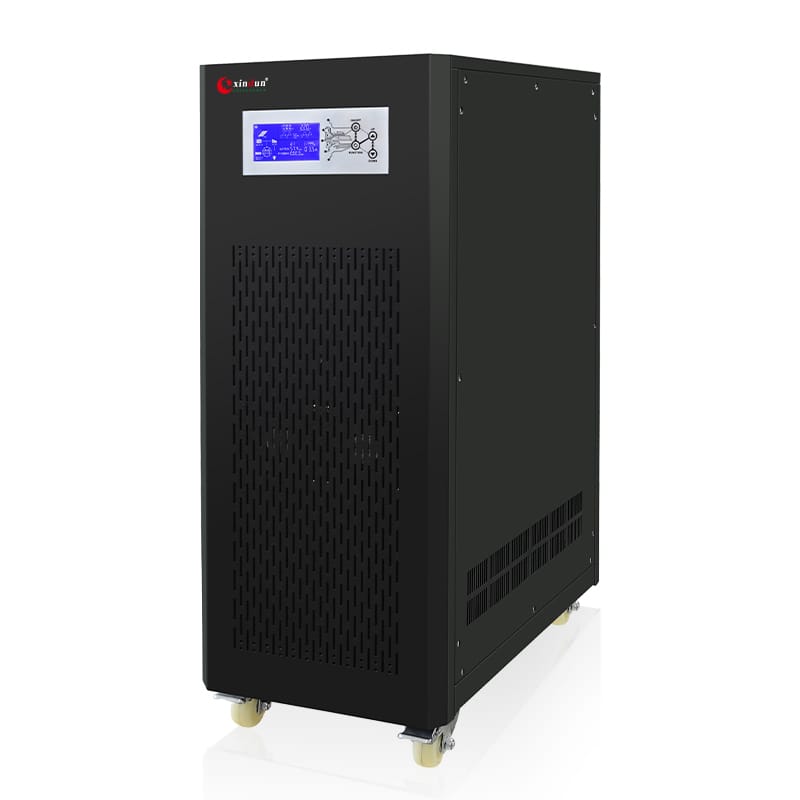



 Solar System Kits
Solar System Kits





 Solar Charge Controller
Solar Charge Controller
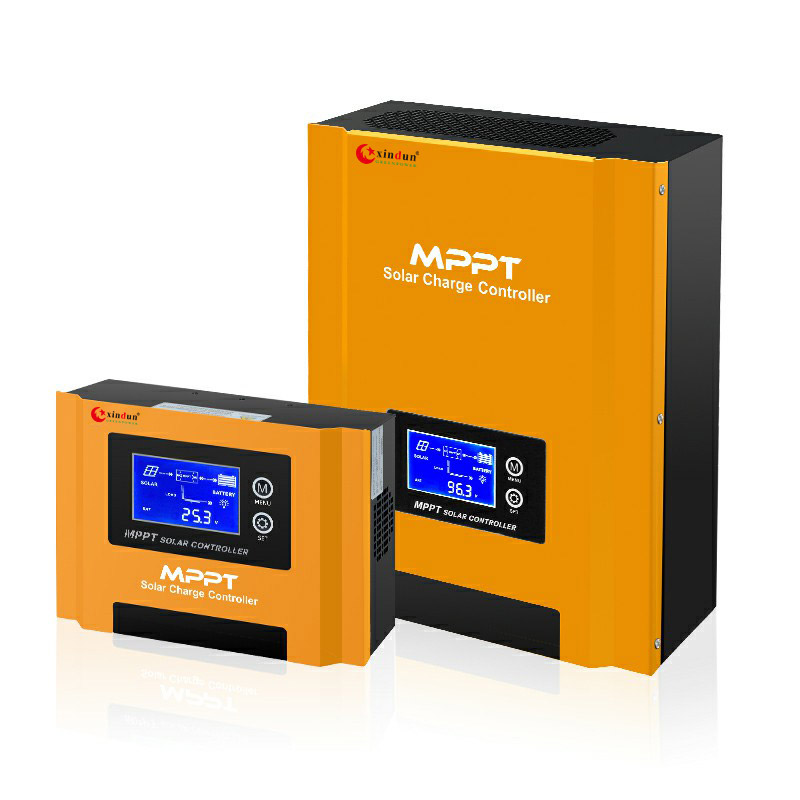

 Solar Battery
Solar Battery



 Asia
Asia
 Africa
Africa



 South America
South America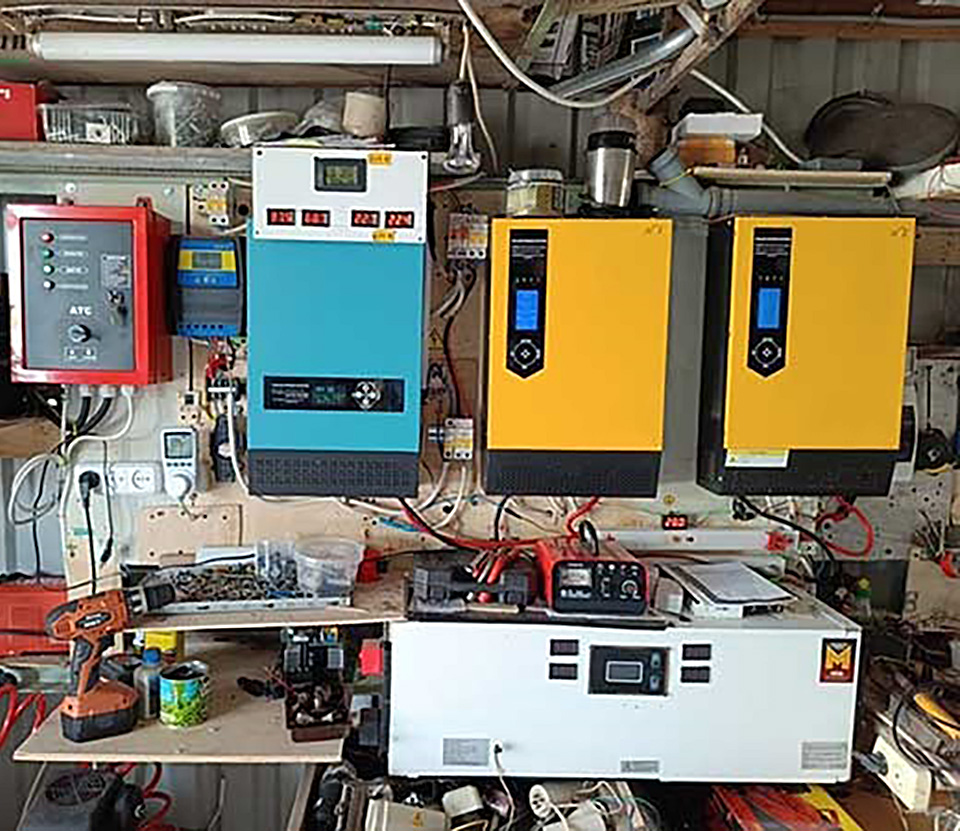
 Europe
Europe

 North America
North America

 Oceania & Antarctica
Oceania & Antarctica










 Home
Home
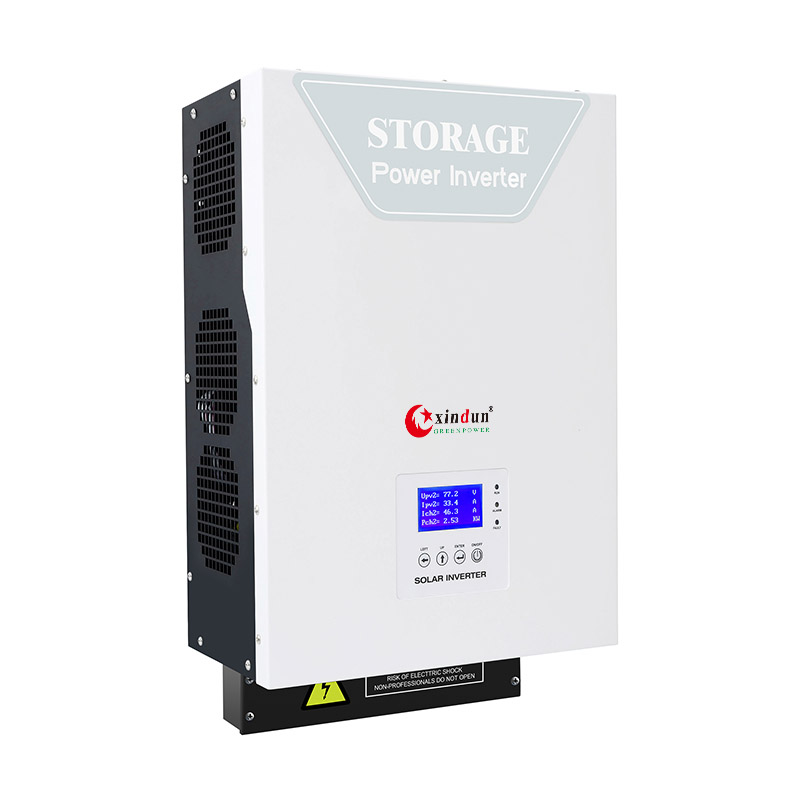
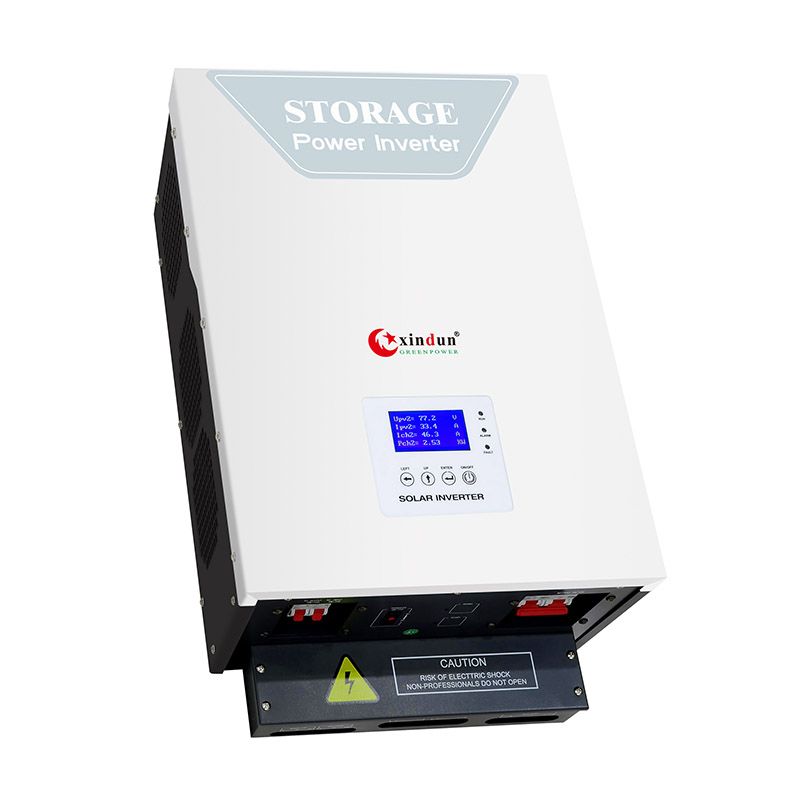





 Top Selling Products
Top Selling Products












